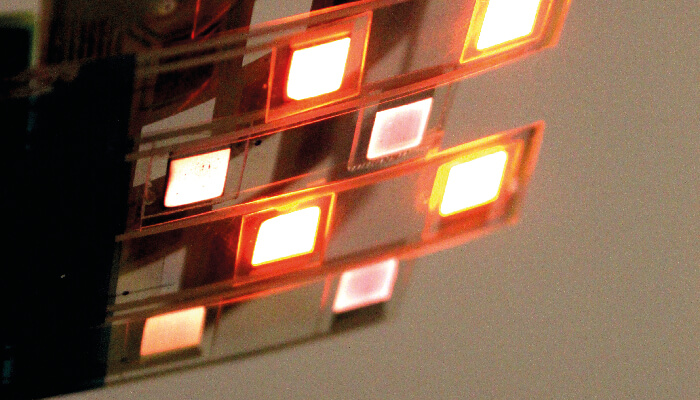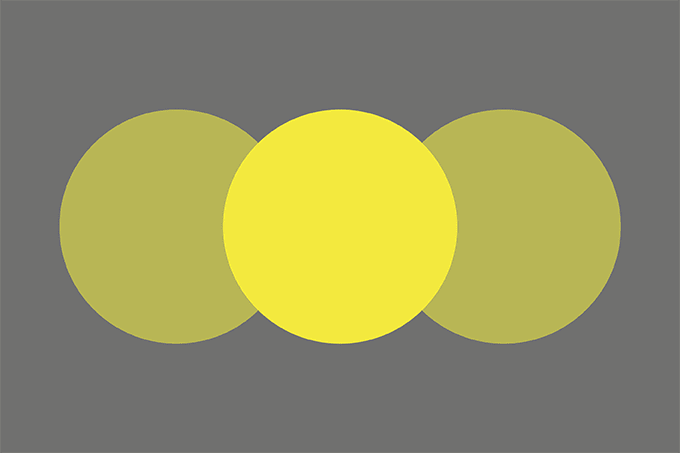What?
A flexible 3D-printed sensor array that can determine oxygen saturation in blood in real-time, providing an “early warning signal” for hypoxemia (oxygen deficiency in arterial blood).
How?
Comprising organic light-emitting diodes and photo-diodes, the sensor passes two wavelengths of light through the body. Oxygen-rich blood absorbs more infrared light, while blood below the patient’s oxygen baseline will absorb more red light.
Why?
The researchers wanted to devise a lightweight alternative to the bulky finger-clip sensors that are used currently. The flexibility of the array also means it can be placed in various locations on the body, increasing the potential applications.
Who?
The research was conducted by a team at University of California, Berkeley (1). It was supported by the Cambridge Display Technology Limited and by Intel Corporation via Semiconductor Research Corporation.
What next?
The researchers believe the sensor can be used to assess wound healing, as well as conditions such as sleep apnea and diabetes.

Why?
The researchers wanted to devise a lightweight alternative to the bulky finger-clip sensors that are used currently. The flexibility of the array also means it can be placed in various locations on the body, increasing the potential applications.
Who?
The research was conducted by a team at University of California, Berkeley (1). It was supported by the Cambridge Display Technology Limited and by Intel Corporation via Semiconductor Research Corporation.
What next?
The researchers believe the sensor can be used to assess wound healing, as well as conditions such as sleep apnea and diabetes.
References
- Y Khan et al., “A flexible organic reflectance oximeter array”, Proc Natl Acad Sci USA, 115 [Epub before print] (2018). DOI: 10.1073/pnas.1813053115



